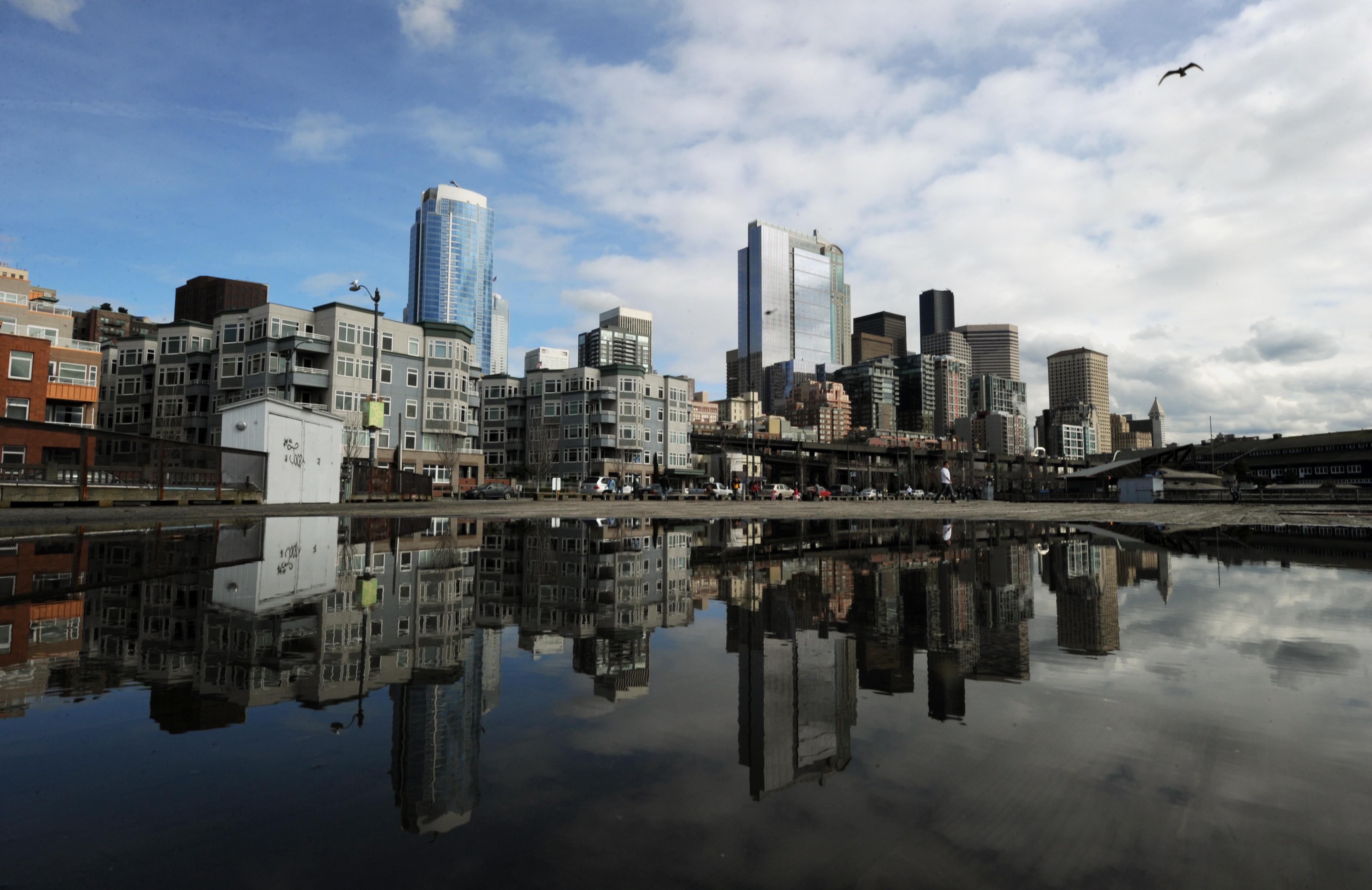A striking fact from Richard Florida: “Across the nation, fewer than one in five metros (19 percent) experienced both population growth and productivity growth over the past decade.”
In fact, there’s no discernible correlation between productivity growth in a given American metropolitan area and population growth in a given American metropolitan area. Here’s a chart for you to eyeball:
Florida’s takeaway from this is basically just that this debunks the notion of “booming” cities in Texas and elsewhere in the Sun Belt. The fast-growing cities aren’t really the cities that are prospering, and “population growth, in fact, creates a troubling fake illusion of prosperity” rather than laying the foundations for real income growth.
I would put my point of emphasis on the other side of it. If you want to understand the long-term prospects for prosperity and growth in the United States, the fact that we aren’t seeing population growth in the cities where we’re seeing productivity growth is a disaster. It’s of course fine for people to move to Memphis, Tenn., or Houston when all things considered they decide they want to move to Memphis or Houston. But one of the main “things considered” that makes Memphis and Houston look more attractive than Boston or Seattle is that houses are much cheaper in Memphis and Houston. If there were nothing Boston and Seattle could do to increase their ability to add population, that would just be one of those things in life. But there’s plenty that Boston and Seattle (recalling, again, that we’re talking metro areas here, so “Boston” includes Somerville and Newton and Wellesley and so forth) could do to reduce the cost of housing—they could upzone. They could let three-deckers be replaced by tall apartment buildings, and they could let single-family detached homes be replaced by rowhouses. Not that the whole metro area would become apartment towers in either case, but somewhat more of both would.
The basic issue is that in the modern economy most people work providing face-to-face services to other people. So access to a prosperous local market is key to economic opportunity. It’s the 21st-century equivalent of getting a piece of fertile land to farm. And right now we’re not giving enough people that opportunity.
